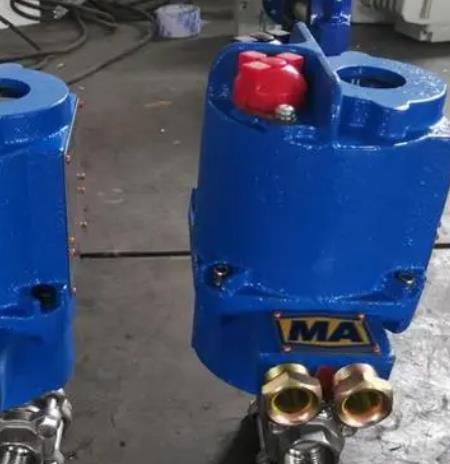1. Metal materials; Materials are crucial elements, such as material function, creep, thermal expansion rate, oxidation resistance, wear resistance, thermal scratch resistance and heat treatment temperature, which should be paid attention to first. Under high temperature, creep and cracking are one of the main factors of material damage, especially for carbon steel. When exposed to 425 ° C for a long time, the carbonized phase in the steel may change into graphite. However, austenitic stainless steel can be used above 528 ° C only when the carbon content exceeds 0.4%. Therefore, when used at high temperature, the tensile strength, creep, high temperature aging and other parameters of the valve body material should be separately calculated. As for the design of the valve trim, the hardness of the material at high temperature, the coefficient of thermal expansion of the cooperative parts, the thermal hardness difference of the guide parts, elastic deformation, plastic deformation, etc. shall be additionally considered. In the design, corresponding safety factor and reliability factor shall be given to ensure the prevention of damage under multiple factors. And be familiar with the creep rate of materials under high temperature to select appropriate stress, so that the total creep of materials will not expand to cracking or allow micro deformation within the normal service life without affecting the normal operation of guide parts.
In order to prevent the wear, erosion and cavitation of the inner parts (valve core and valve seat) of the pneumatic ball valve, the thermal hardness of the material shall be considered under high temperature to prevent the metal hardness from changing. Under high pressure difference, most of the energy of the fluid is concentrated on the valve internals for opening and releasing, which may overload the valve internals. However, under high temperature, the mechanical function of most materials becomes poor and the materials become soft, greatly affecting the service life of the valve internals. Therefore, proper materials should be selected to extend the service life of the valve. In addition, the influence of high temperature aging on the physical function of the material, such as the change of resistance and intergranular corrosion, should be considered. When the application temperature reaches or exceeds the heat treatment temperature, the valve trim will be annealed and the hardness will be reduced by one level. In order to prevent the material hardness from changing, the maximum temperature limit must be selected within a safe range. However, under high temperature, the molecular activity of the same medium is relatively active. Some medium with general corrosivity may cause severe corrosion damage to the metal raw materials of valve body and valve internals. The medium enters the metal with high-speed ion state and changes the characteristics of the material, such as thermal expansion and intergranular corrosion. Therefore, in addition to cost performance, The failure caused by multiple factors shall also be considered.

ZHEJIANG VALVE FLUORINE TECHNOLOGY CO., LTD
-
service hotline18106790007
-
service hotline13777787208
-
 RichScan
RichScan
Address: No. 84, Hetou Long West Road, Suchuan Village, Yaoxi Street, Longwan District, Wenzhou




